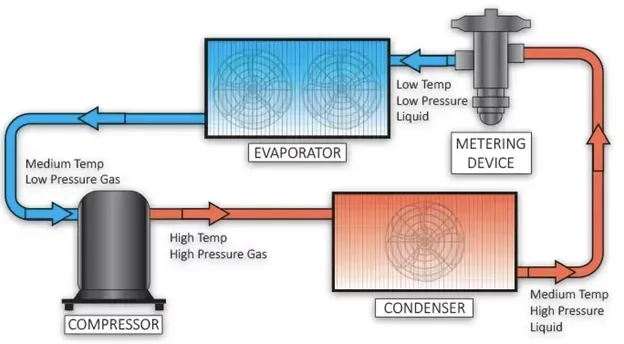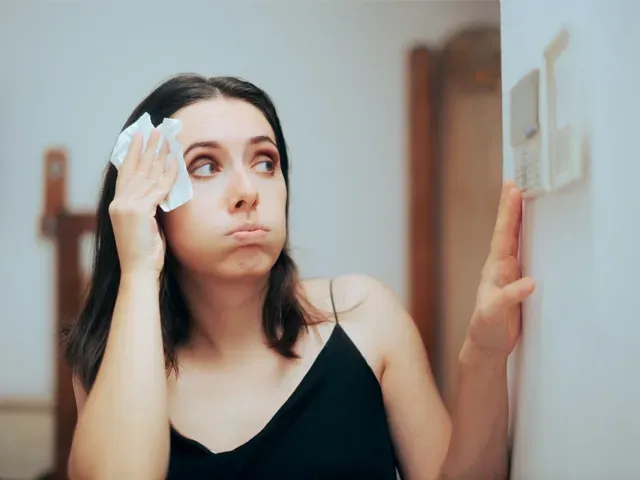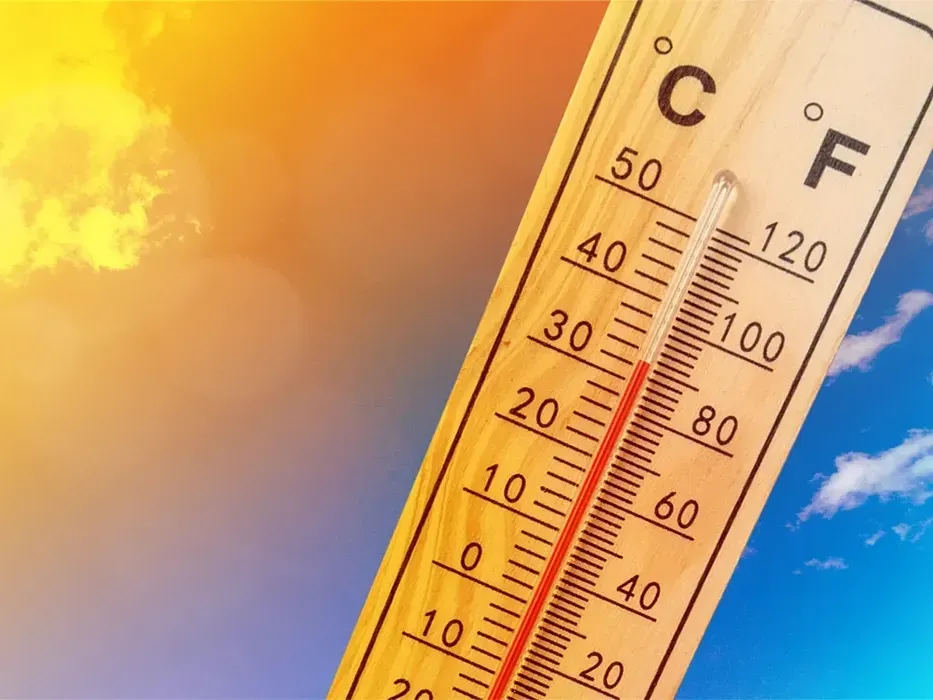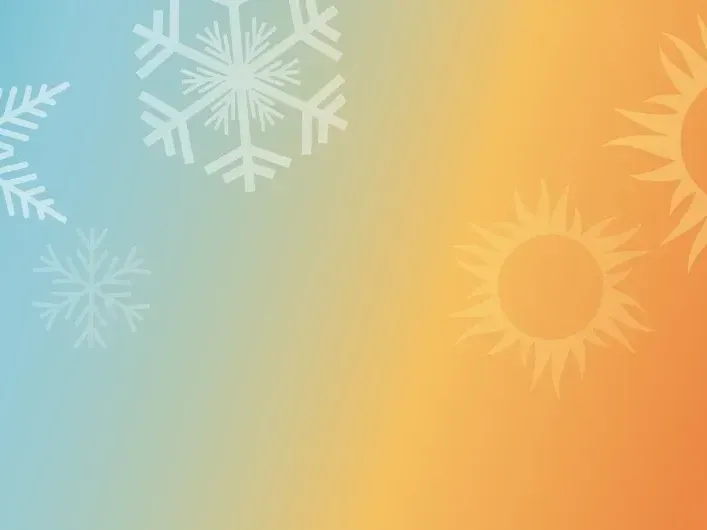Back to Basics: Understanding How Air Conditioning Works.
According to the Department of Energy, two-thirds of all homes in the U.S. have air conditioning, but how many of us understand how these modern air-cooling systems operate? Whether choosing the installation of a new system or enrolling in a heating or cooling maintenance program, it helps to know the basics. Bill Leary Air Conditioning & Heating can assist with residential air conditioning, as well as commercial services. We are located in Metuchen, New Jersey, and serve all of Central New Jersey, including towns in and near Middlesex, Monmouth, Somerset, and Union counties.
How Does Air Conditioning Work?
An air conditioner takes the heat from inside your house and transfers it to the outside. Many people mistakenly think an AC system creates cold air.
How does an Air Conditioner make the air cold?
The air conditioner transfers heat to the outside. The key component of an air conditioner is a cooling agent, or "refrigerant". The refrigerant flows inside coils that form a closed loop. The coils carry the refrigerant from inside your house to the outside and back again.
Along the way, the refrigerant changes its state, pressure and temperature so that it can either absorb or release heat at different points. These components are:
- Evaporator
- Compressor
- Condenser
- Metering Device
Let’s take a closer look.

The process of air conditioning involves four main steps that cool down the indoor air.
Step 1: Heat is absorbed by the evaporator coil
The evaporator coil is an indoor component that has cold refrigerant flowing through it. When the indoor air passes over the coil, the refrigerant absorbs the heat from the air and cools it down. The cooled air is then circulated throughout the house by a fan and a duct system. The refrigerant, which becomes a gas after absorbing heat, moves to the next step.
Step 2: Compressor raises the refrigerant temperature
The compressor is an outdoor component that squeezes the refrigerant gas and increases its pressure and temperature. This prepares the refrigerant for the next step, where it will release its heat to the outside air.
Step 3: Heat is transferred outside
The condenser is another outdoor component that has coils with refrigerant flowing through them. The refrigerant gas, which is now very hot, comes in contact with the outside air and transfers its heat to it. The outside air cools down the refrigerant and turns it back into a liquid.
Step 4: Refrigerant gets cold; process repeats
The refrigerant liquid, which is now cold again, returns to the evaporator coil and repeats the cycle. The cycle continues until the indoor temperature reaches the desired level set by the thermostat. Then, the thermostat signals the air conditioner to stop.
Installation and Maintenance with Experienced Professionals
Having a basic knowledge air conditioning components and how they work can be helpful to homeowners and operators of commercial buildings works, however when it comes to servicing these systems, it’s best to rely on experienced professionals. We have been a New Jersey licensed master HVAC contractor serving you and your neighbors since 1989. Bill Leary AC & Heating is here to help you with sales, design, engineering, installation, service, repair, and maintenance programs.
Schedule Service for Your Air Conditioning System
Call us at 732-494-9200. Emergency service 24/7, every day of the year.
Bill Leary AC & Heating
Service and Maintenance
EMERGENCY SERVICE
For immediate service, call
24 Hours a Day, 7 Days a Week
Available on Weekdays, Nights, Weekends, and Holidays
No After Hours Upcharges








